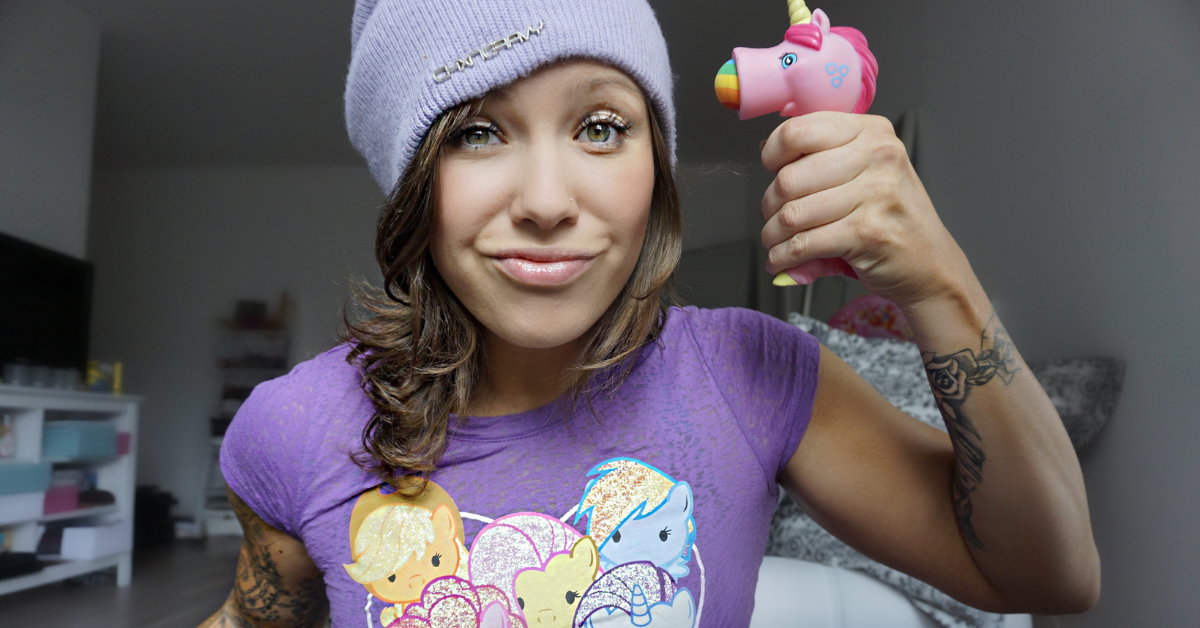And the Misinformation That’s Actually Keeping You Stuck
The fitness industry is loud. Add the internet to the mix, and suddenly everyone’s an expert with conflicting advice.
No wonder so many athletes – especially the everyday kind who just want to feel good, perform better, and look athletic – are spinning their wheels.
Let’s set the record straight. If you’ve fallen for any of these, it’s not your fault. But it’s time to stop guessing and start fueling with strategy.
Myth #1: Fad Diets Work Like Magic
A fad diet is basically a one-size-fits-all plan that promises fast results – usually by cutting out entire food groups, making you hyper-focus on one single nutrient, or restricting calories so heavily you’re basically just surviving.
Sure, they seem appealing at first (who doesn’t want quick results?). But the truth? Most of these diets just aren’t sustainable.
They ignore individual needs, energy demands, and real life.
Just because something “works” short-term doesn’t mean it’s actually helping you in the long run. You might lose weight fast – but you’ll probably lose energy, muscle, and sanity too.
➡️ Instead of chasing the next trendy fix, structure your nutrition around what fits your body and your life. Can you actually see yourself eating this way for months—or years? If the answer is yes, great. If not… keep looking.

Myth #2: You Can Spot-Reduce Fat
This one’s a fan favorite in fitness clickbait.
The idea is that if you train a certain body part, you’ll lose fat in that specific area. More crunches = less belly fat. More tricep dips = tighter arms.
Nice theory. Doesn’t actually work.
Here’s what’s real: When you’re in a calorie deficit, your body decides where fat comes off first – and last. And spoiler alert: the places you want it gone most? That’s usually where it sticks around the longest.
➡️ The best approach? Strength training to preserve lean muscle, fueling your body well (yes, including carbs), and staying consistent. That’s what melts stubborn fat – not 300 crunches a day.
Myth #3: Women Shouldn’t Lift Because It Makes You Bulky
Ah yes, the classic “you’ll look manly” myth.
For years, women have been told to stick to cardio and avoid heavy weights or risk “bulking up.” But unless you’re intentionally training to build serious mass – and eating accordingly – you’re not going to wake up one morning looking like a bodybuilder.
Lifting doesn’t make you bulky. It makes you stronger, leaner, more athletic, and more metabolically efficient.
And honestly? Lifting helps with way more than just aesthetics. It supports mental health, improves bone density, reduces injury risk, and helps you age better.
➡️ And if you need one more reason: it helps you look better naked. Period.
Myth #4: Carbs Are Inherently Bad
Somewhere along the way, carbs got villainized – like they’re the reason for every health problem ever.
But here’s the deal: carbs are your body’s primary energy source especially when it comes to high-intensity workouts or sports performance.
Do some carbs offer more nutritional value than others? Absolutely. But calling all carbs “bad” is like saying all fats are bad – it’s missing the nuance.
Fruits, potatoes, rice, oats, honey… these are all excellent, nutrient-dense carb sources that help you train harder, recover better, and stay mentally sharp.
➡️ Don’t fear carbs. Learn how to time and portion them to support your performance. Carbs aren’t the enemy – understanding how to use them is the game changer.
Myth #5: Just Train Harder
This one hits a lot of people hard. We’ve been conditioned to believe that if something isn’t working, we just need to push more – more workouts, more intensity, more time in the gym.
But often, more is not better. Smarter is better.
You can train harder every day and still stay stuck if your nutrition, recovery, or fueling system isn’t dialed in. If your body doesn’t have the resources it needs, it won’t adapt. Period.
➡️ The real flex? Having a smart, structured plan that supports your performance and your recovery. Because that’s where real results come from.
Final Takeaway
If you’ve been hopping from trend to trend, cutting carbs, avoiding weights, or wondering why your body isn’t changing, it’s not about working harder.
It’s about fueling smarter, training with intention, and having a system that fits your life.
The science is already here. You just need to stop following the noise and start following a strategy.